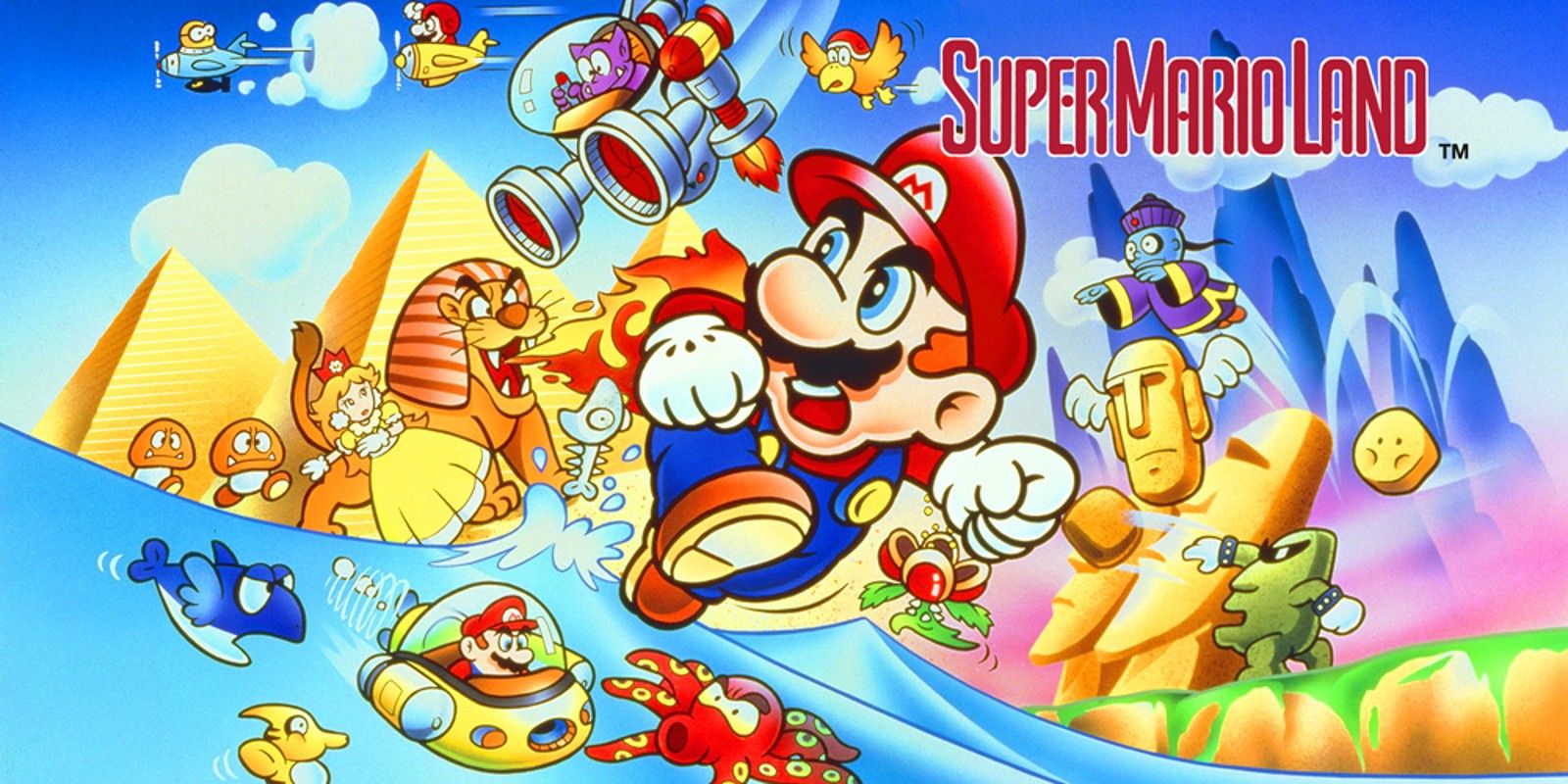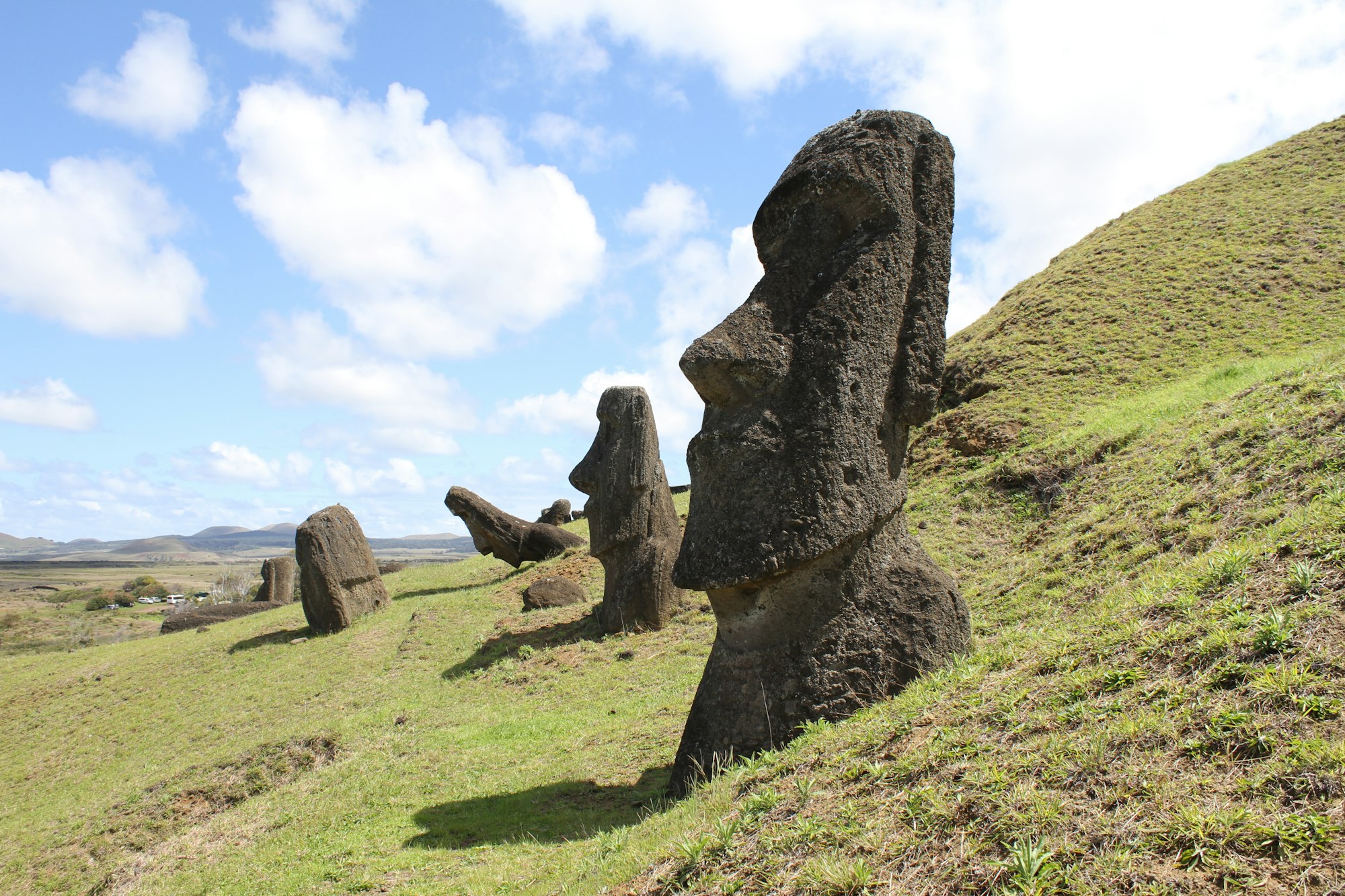Super Mario Land is the Franchise’s Subversive Outcast
Yet it remains one of Nintendo’s most important games

In 2020, gamers around the world celebrated the 35th anniversary of the Super Mario Bros. franchise. Nintendo had me all nostalgic, digging up my classic games and thinking of all the history behind them. 1985 was indeed the year that set Nintendo on the path to becoming a major cultural phenomenon thanks to Super Mario Bros., but 1989 saw the first massive change to its iconic franchise. That year, Nintendo was just getting ready to release the Game Boy — a machine that popularised handheld gaming. Unlike some of Nintendo’s franchises that proudly got their debut games on this device (such as Pokémon and Kirby), I find that Super Mario Land and its sequel, 6 Golden Coins, are often omitted from collections of the Mario games. I was surprised to see it showcased briefly in Nintendo's Super Mario Direct presentation at the time, and it had me wondering why Super Mario Land is seldom discussed or mistaken entirely for Super Mario World.

Origins of a handheld classic
The Game Boy was the masterwork of Nintendo developer Gunpei Yokoi, and Nintendo’s second big dive into handhelds. For those reading who may not have heard of him, Yokoi’s claim-to-fame at Nintendo was for creating the Game & Watch system and for being the mentor to Shigeru Miyamoto (whom I’m sure you have heard of — Miyamoto is the creator of Nintendo’s most influential franchises like Super Mario and The Legend of Zelda). If Miyamoto is considered Mario’s father, surely Yokoi should be considered the grandfather. The two had notably collaborated on the classic Donkey Kong arcade game and various other projects for Nintendo throughout the 1980s. With the Game Boy being Yokoi’s creation, the task fell to him to put Mario on it, by order of Nintendo President Hiroshi Yamauchi. And thus, Miyamoto’s team would work on other projects (Super Mario Bros. 3) while Yokoi took command of Mario’s presence on the Game Boy.
As a man with a reputation for creating new ideas, I can imagine that Yokoi’s colleagues at Nintendo R&D1 griped about the fact that they had to work with characters someone else created. His team consisted of several people that previously worked on original concepts such as Metroid and Kid Icarus, including director Satoru Okada and composer Hirozaku Tanaka. It is quite possible that the reason Super Mario Land was set in a different world was so that his team could have a broader creative license. Instead of Goombas, Super Mario Land had Goombos. Instead of the evil turtle Bowser, it had the evil alien Tatanga. Instead of Princess Peach and the Mushroom Kingdom, it had Princess Daisy and Sarasaland.

World-building on the smallest scale
Several articles on this bizarre game discuss how strange the gameplay of Super Mario Land was, mostly due to its two side-scrolling vehicle levels or the functionality of the new power-ups. Even the enemy design of Super Mario Land was unlike any Mario game that came before it, and with the exception of its sequels, any that came after it. Gone were the days of the traditional grunt characters we came to expect from the series. The enemies in Super Mario Land were tangible things, such as flies, spiders, snakes, and even fists. While words such as “Koopa” and “Goomba” aren’t the names of any animals in Japanese, the names of Super Mario Land’s foes were explicitly taken from their Japanese translations. The skeletal Honen enemy, for example, comes from the Japanese hone, meaning bone, while the Kumo is a direct translation of “spider.”
As such, these “real” enemies were bound to a “real” world. In a first for the series, each area in the game was based on a real-world location. Instead of a generic desert or water area, Sarasaland was divided into four worlds that were clearly influenced by places of historical significance; Birabuto Kingdom being ancient Egypt; Muda Kingdom, a hybrid of Mu (a hypothetical ancient continent) and Bermuda; Easton Kingdom, based off of Easter Island; and the Chai Kingdom corresponding to ancient China. The number of worlds was also new for the series, with only four, just half of what the original Super Mario Bros. had to offer.

Surprising and subversive
In this sense, Super Mario Land was not just different — it was subversive. The game ended before I knew it. From the moment I stomped on that first Koopa, I was shocked to find that it exploded like a Bob-omb. Every time I expected Toad to show up and tell me the Princess is in another castle, the Princess herself appeared and creepily transformed into an enemy. Perhaps the biggest support I could find for this argument would be in the main antagonist: an alien. Beyond the fact that the Nintendo R&D1 crew were masters of sci-fi, the alien Tatanga was exemplary of their attitude towards the project. Like aliens arriving at a new planet, Yokoi and his team came onto the project and inhabited the world with their unique vision of what Super Mario on Game Boy should be.
Gunpei Yokoi, a man whose legacy shaped the future of gaming, tragically died in a car accident in 1997. In his lifetime, both the Game Boy and Super Mario Land sold millions. There is simply no justification that the game could be seen as a failure in Nintendo’s eyes. The real reason for its omission from the main series may never be revealed, but Super Mario Land is nonetheless a surviving artifact of Yokoi’s thought process. Every 8-bit note, every line drawn in the background, and every decision he made with his collaborators is right there on the surface. The game tells us today about the kind of creative he was in life, which is why placing it in a uniform line with the rest of the series is frankly diminishing its history. Super Mario Land is more than just a game, it’s a vital Nintendo artifact.
So, does it belong in a collection? Yes, absolutely. Super Mario Land is a critical part of Gunpei Yokoi’s legacy and a major milestone in the history of handheld gaming.